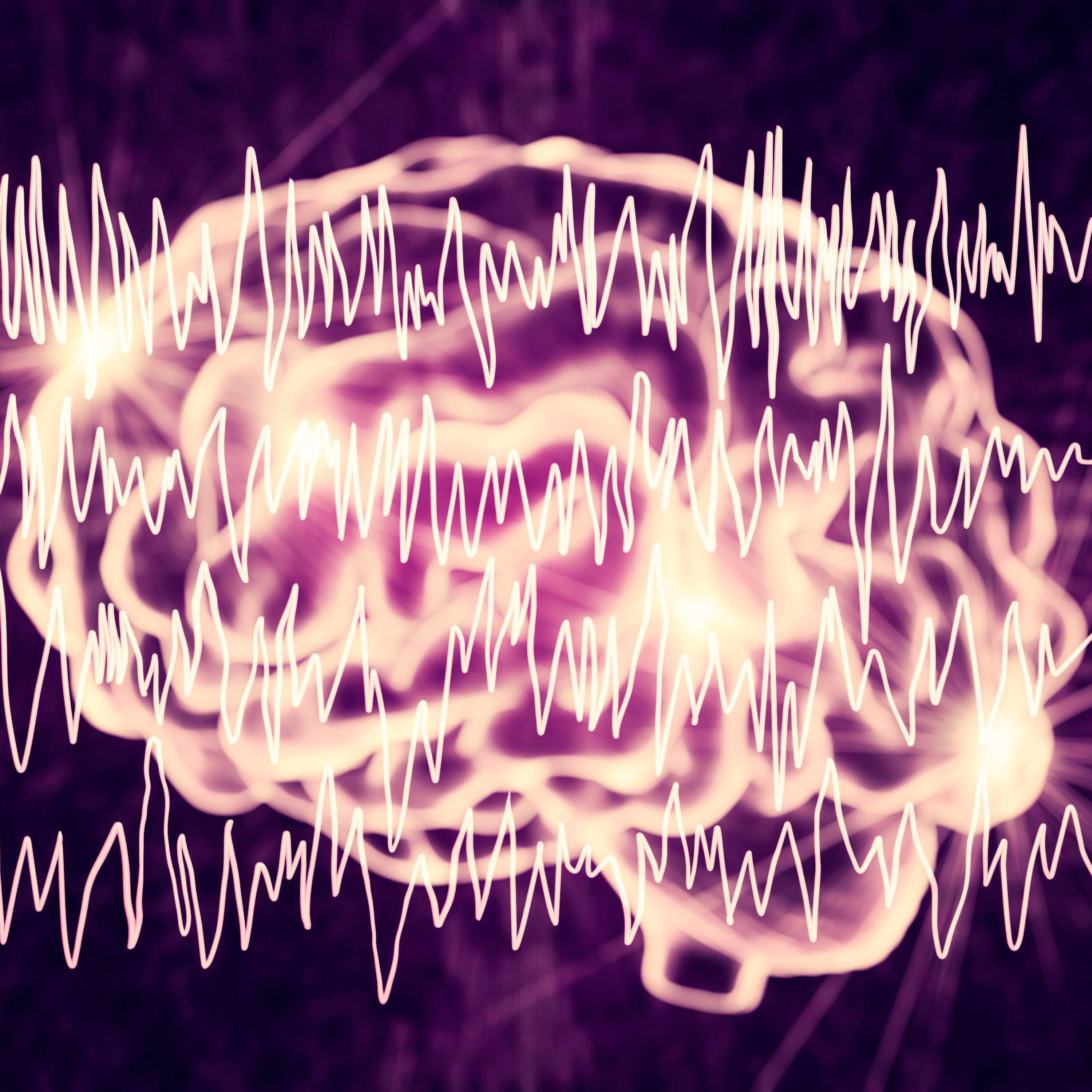-
Laser therapy for skin regeneration
Mayo Clinic is taking a new approach to bolster the body's ability to heal scar tissue after serious burns. Mayo Clinic dermatologists are using laser treatments to unleash the regenerative power of burned skin and to try to improve appearance and function.
Mayo Clinic's Center for Regenerative Medicine is a driver of new regenerative therapeutics that transform the practice of medicine and offer new options that address unmet patient needs.
"The skin is the largest organ of the body, and it has remarkable regenerative potential," says Elika Hoss, M.D., a dermatologist who practices at Mayo Clinic in Arizona. "With laser treatments for scars, we are aiming to restore skin to the condition it was in before the injury. We're hoping to make the skin less disfigured, softer and more pliable. We are working to normalize the texture, thickness and color of the skin."
Nearly a half-million people in the U.S. suffer serious burns every year that require medical attention, according to the American Burn Association. Skin grafts are commonly performed to cover and heal severe burn wounds. However, sometimes the tissue in the grafts shrinks or contracts, severely restricting flexibility around injury.
"The severity of a burn scar depends on the time it takes for the skin to heal and how severe the inflammation is at the wound site. In some patients, prolonged inflammation and healing can lead to thick, itchy and painful scars," says Dr. Hoss.
When skin is injured by a severe burn, the body's healing aptitude shifts into gear, unleashing inflammatory cells, blood vessels and fibroblasts — cells that make collagen. Collagen is a protein that contributes to the skin's foundation. Laser treatments, which have been used frequently for cosmetic procedures, are now a useful therapy for repairing debilitating skin conditions, such as burn scars. Lasers have been shown in research to augment scar tissue by normalizing collagen and balancing essential growth factors needed in the healing process. Insurance companies are beginning to cover laser therapy to improve the function of scarred skin. Every plan is different, so patients should check with their insurance provider to ensure that laser treatment is being considered.
An alternative to surgery
After a harrowing accident, one of Dr. Hoss' patients suffered burns over 8% of her body, including her face and arms. Scar tissue had amassed and the skin grafts had contracted, severely limiting the patient's ability to straighten her arm and move her neck. The standard of care was to perform additional surgeries to place tissue expanders in the skin. The prospect of spending more time in the operating room after previous surgeries was not a happy thought for the patient.
Dr. Hoss was able to offer a less-invasive procedure that involved two types of laser treatments:
- Pulsed dye laser
In these treatments, a beam of yellow light improves scar redness and texture by modulating the local immune system and blood vessels. - Ablative fractional resurfacing
In this treatment, a carbon dioxide laser delivers microbeams of energy to vaporize and create tiny holes in the skin. The carbon dioxide laser triggers healing by stimulating the body to produce new, healthier collagen in the skin. This procedure could repair the scar tissue, resulting in a more normal texture and thickness. This laser also helps with scar flexibility and tissue tightness. In addition, this procedure can be used to apply topical anti-inflammatory medications that penetrate deep into the skin to aid in healing, through a procedure called laser-assisted drug delivery.
"With our laser procedures, the patient's ability to straighten her arm and move her neck have so far improved by 50%," says Dr. Hoss. "This procedure can significantly restore the health of skin and appearance of scar tissue. Another benefit is that these treatments also can improve pain and itching, minimizing the need for pain medications.
The healing effects of laser treatments can take up to six months. While laser resurfacing may not eliminate the need for surgery, it can restore the tissue enough that only a limited surgery or a less-invasive type of surgery is needed. To learn more about this regenerative procedure, contact the Mayo Clinic Central Appointment Office in Arizona at 480-301-8484.
###









